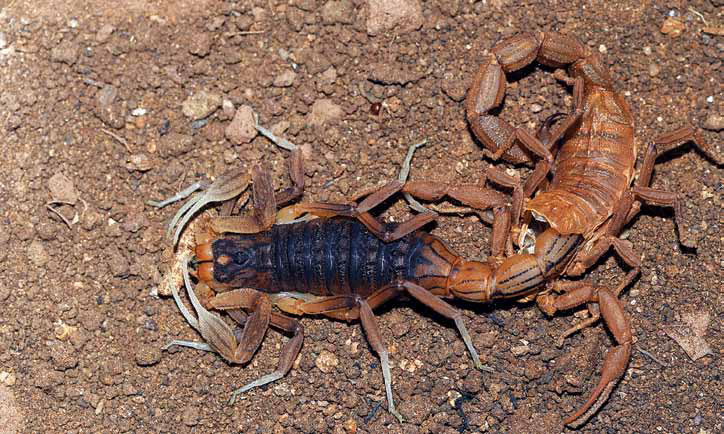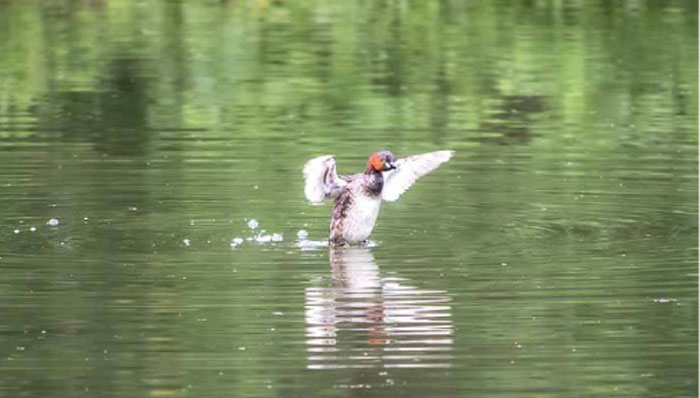
Floating Nest- Little Grebe
By Sachin Matkar
Floating nest-Grebes nest at the water’s edge, since their legs are set very far back and they cannot walk well. The nests are floating constructions of vegetation anchored to submerged water plants. Females lay four to seven eggs that are incubated by both parents within 20-25 days. The Little Grebe is found in almost all regions of the lake where there is sufficient cover that provides concealment to them. These birds migrate locally, at a micro level, from deeper regions of the lake to shallower ones, at the onset of breeding-generally May-August. During this period, they raised a single brood that later dispersed in the lake.
Nest site, construction & structure
After the establishment of territories and pair bonds, birds began to select suitable nest sites that not only provided concealment and support for nests but also protection for nestlings. Colonially nesting Little Grebes chose sites in areas that had a sparse growth of emergent and floating vegetation-for better visibility. Non-colonial nests were located in areas where floating vegetation was dense with occasional emergent reeds.
Hatching & hatching success
Hatching was asynchronous, with eggs hatching in the order they were laid, as incubation starts immediately after the first egg is laid. It took one to one and a half days to a chick to liberate itself, so hatching period from piping to complete liberation was 24–36 hrs and parents had no role in it. In Little Grebe bi-parental care of the chicks was noticed during.
Incubation was carried out by both the sexes and the incubation period varied from 19 to 23 days.
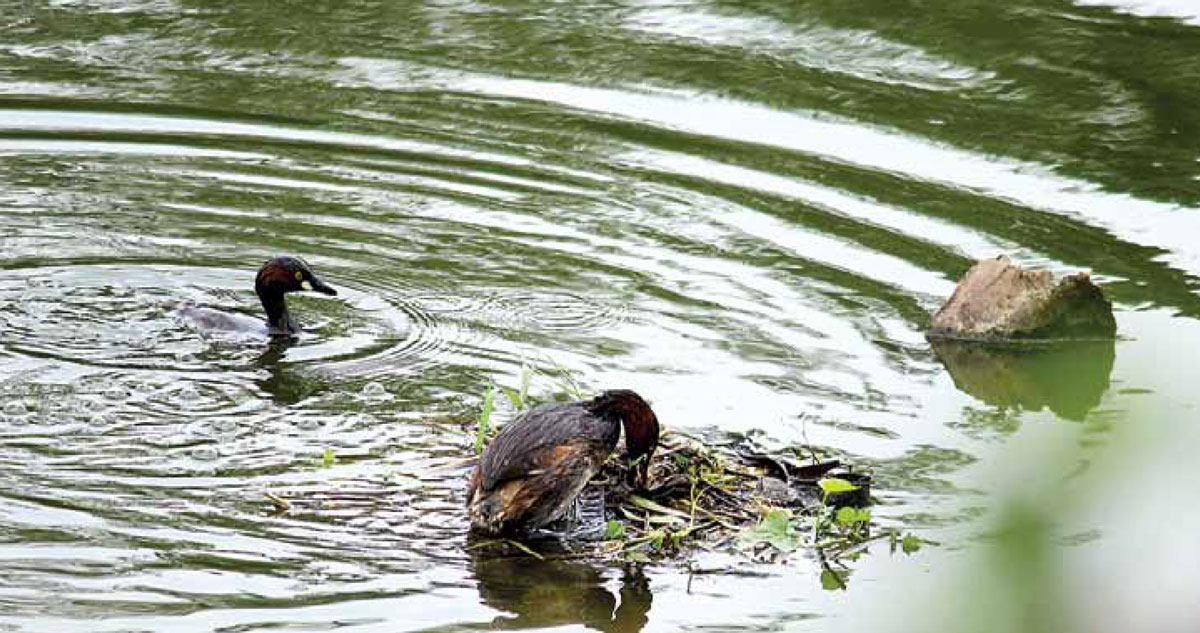
Nest construction lasted 3–13 days. Early breeders took more time to complete their nests as compared to late breeders. This was probably due to the fact that they had more time available than the latter. Nesting material was also scanty for early breeders, which took more time in nest construction. Nests comprised sodden pads of waterweeds, composed of short, decayed twigs. They had a mean diameter of 33.6 cm and a mean depth of 3 cm to hold the eggs.
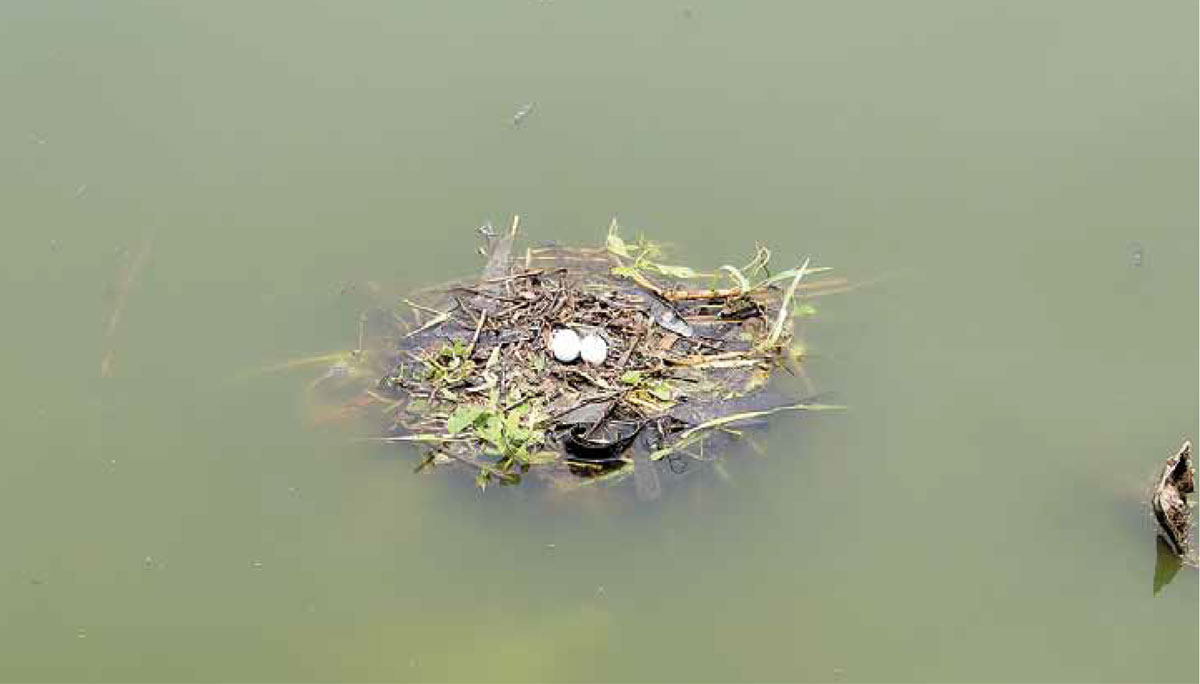

The eggs were laid daily, soon after the completion of nests.The eggs were glossless pure white with hard shell but the colour changed to chocolate brown over time on contact with decomposing mass of nesting materal. The clutch size varied from three to six eggs.

Fresh material was used to hide the eggs. This performs two functions: first, it protects the eggs from predators and second, it helps maintain an optimum temperature in the nest for normal hatching, as these birds prefer to remain off the nest for long periods during day time.
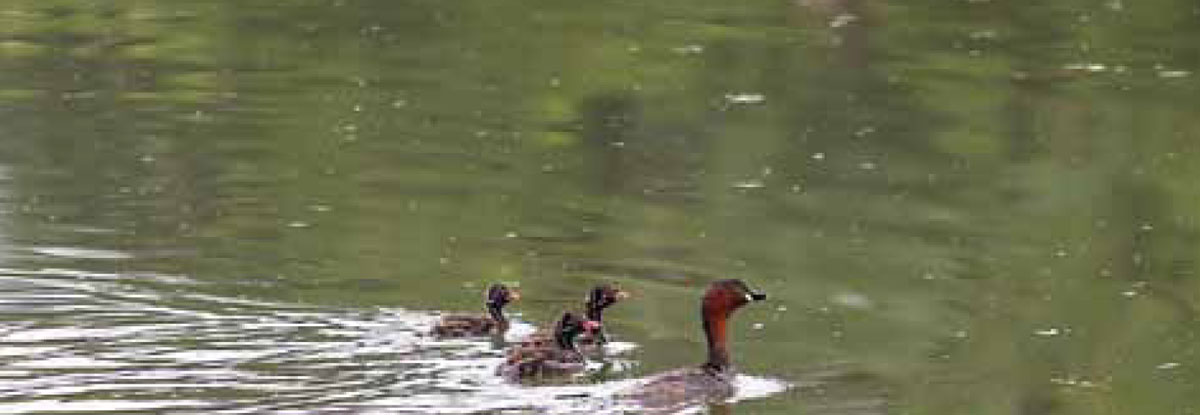
The chicks of Little Grebe weighs an average, 10.6 gms. They are precocial and leave their nests just 4-6 hrs after hatching to follow their parents for feeding. Chicks quickly hide underwater, keeping their beak exposed, on receiving alarm calls from parents.
About Author
Author has received honorary photography Excellence distinction (EFAIP) from that Fédération Internationale de Art Photographique (FIAP), Belgium and Excellence (EFIP) from Federation of Indian photography




